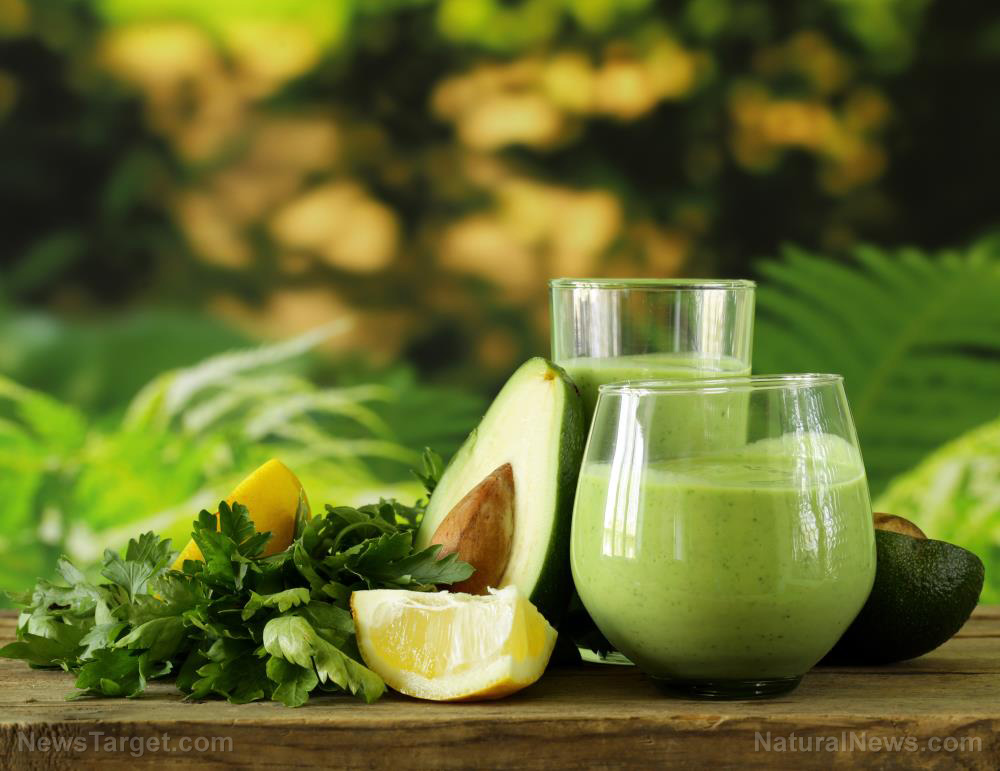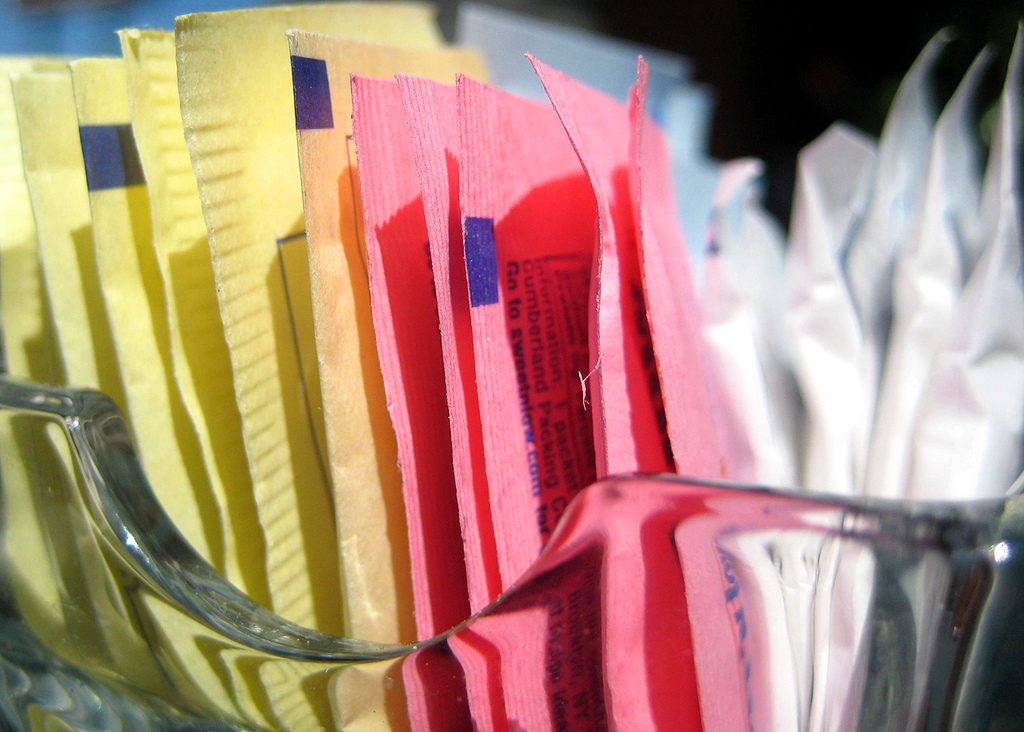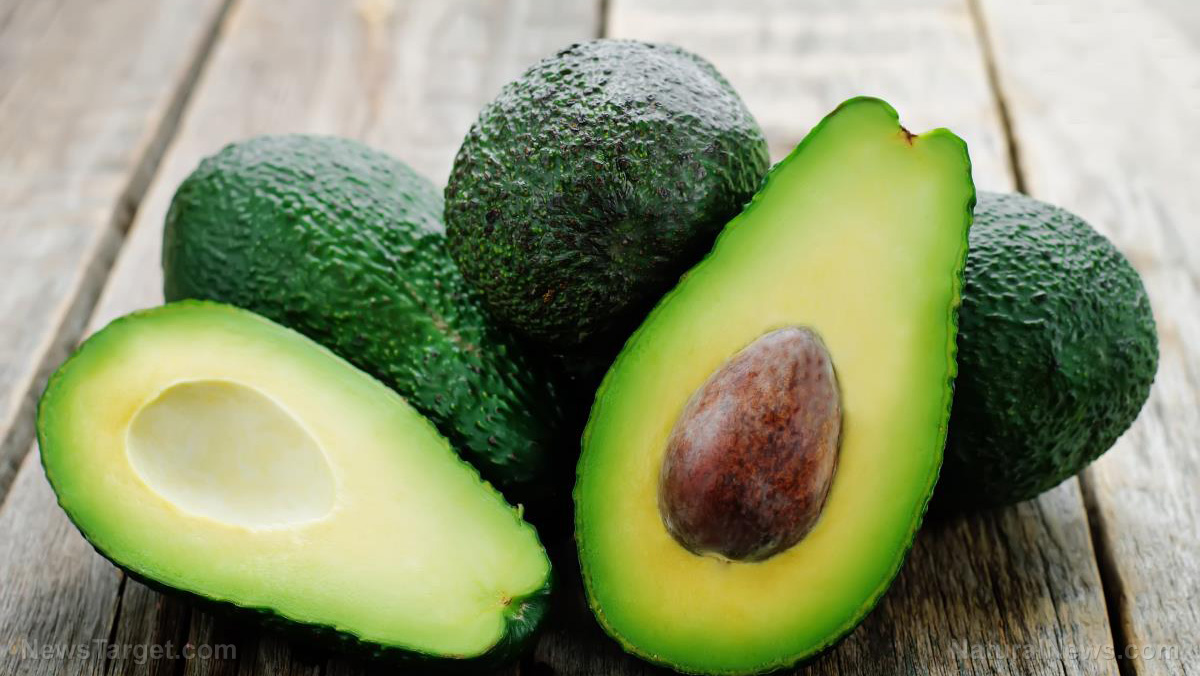What’s cooking? Top 5 soy sauce alternatives
12/17/2020 / By Zoey Sky

Soy sauce is a staple ingredient in most kitchens and is commonly used in Asian cuisine. If you run out of soy sauce or if you’re avoiding it for health reasons, you can replace this condiment with natural alternatives like fish sauce or liquid aminos.
Why replace soy sauce?
Soy sauce is a condiment with a salty and sweet umami taste. But it may not be the best ingredient to use if you’re cooking for someone with a soy allergy, gluten intolerance or celiac disease, since it contains high levels of sodium.
Sodium is an essential nutrient that helps your body function properly. But high-sodium diets are linked to increased blood pressure, especially in salt-sensitive people.
Studies also show that consuming too much sodium can increase your risk of heart disease and other health problems, such as stomach cancer. According to health experts, reducing your sodium intake helps lower your blood pressure and can be a treatment strategy for those with hypertension, or high blood pressure.
Natural soy sauce substitutes
Whether you’re out of ingredients or you’re looking for alternatives, detailed below are five soy sauce substitutes that you can find in supermarkets.
Coconut aminos sauce
Coconut aminos are a popular soy- and gluten-free vegan sauce. Made from the fermented sap of coconut palm and sea salt, coconut aminos are both salty and sugary with a light color, like light soy sauce.
According to the USDA FoodData Central, a five-milliliter or one teaspoon serving of coconut aminos contains 130 mg of sodium, which is less than what soy sauce has. Coconut aminos is also a good source of energy. (Related: Harissa is a versatile spice that’s packed with a lot of health benefits.)
Note that coconut aminos aren’t as widely available as soy sauce. They are also a little more expensive than the other options on this list.
Fish sauce
Fish sauce is a gluten- and soy-free substitute for soy sauce. It helps enhance the flavor of your food, but people who are not used to cooking with fish sauce may find it a little salty.
If you’re watching your sodium intake, avoid fish sauce as it contains more salt than soy sauce.
Liquid aminos
Unlike coconut aminos, liquid aminos contain soy. Skip this sauce for other options if you have a soy allergy. The good thing is, liquid aminos have a concentrated flavor so you’ll need to use less compared to soy sauce.
Tamari sauce
Tamari sauce, or tamari shoyu, comes from Japan and is the most similar in taste to soy sauce. This sauce is made with sake, sea salt and wheat, so avoid this one if you’re cooking for someone with gluten sensitivity.
Tamari sauce has a thick texture, a golden honey color and a fruity smell. The sauce tastes a little sweet, and you need equal amounts of tamari sauce to replace soy sauce.
Worcestershire sauce
If you’re using Worcestershire sauce as a substitute for soy sauce, add a bit of water.
Cooking experts suggest adding one tablespoon of water to three tablespoons of Worcestershire sauce. This produces the equivalent of a one-fourth cup of soy sauce that can be used to season stir-fried vegetables or popcorn.
Adjust the ratio according to your specific requirements and note that the mixture may taste different since Worcestershire sauce contains chili peppers, garlic, onions and vinegar. You should also avoid Worcestershire sauce if you have soy allergies.
Use ingredients like coconut amino sauce, fish sauce or tamari sauce if you need a soy-free alternative to soy sauce. If you don’t have a soy allergy, use substitutes like liquid aminos or Worcestershire sauce.
Visit Ingredients.news to learn more about natural substitutes for common ingredients like soy sauce.
Sources include:
Submit a correction >>
Tagged Under:
clean foods, coconut aminos, condiments, cooking, fish sauce, food allergies, food sensitivity, functional food, ingredient swaps, liquid aminos, nutrition, sauces, soy sauce, tamari sauce, Worcestershire sauce
This article may contain statements that reflect the opinion of the author
RECENT NEWS & ARTICLES
COPYRIGHT © 2017 TOP 10 GROCERY SECRETS





















